

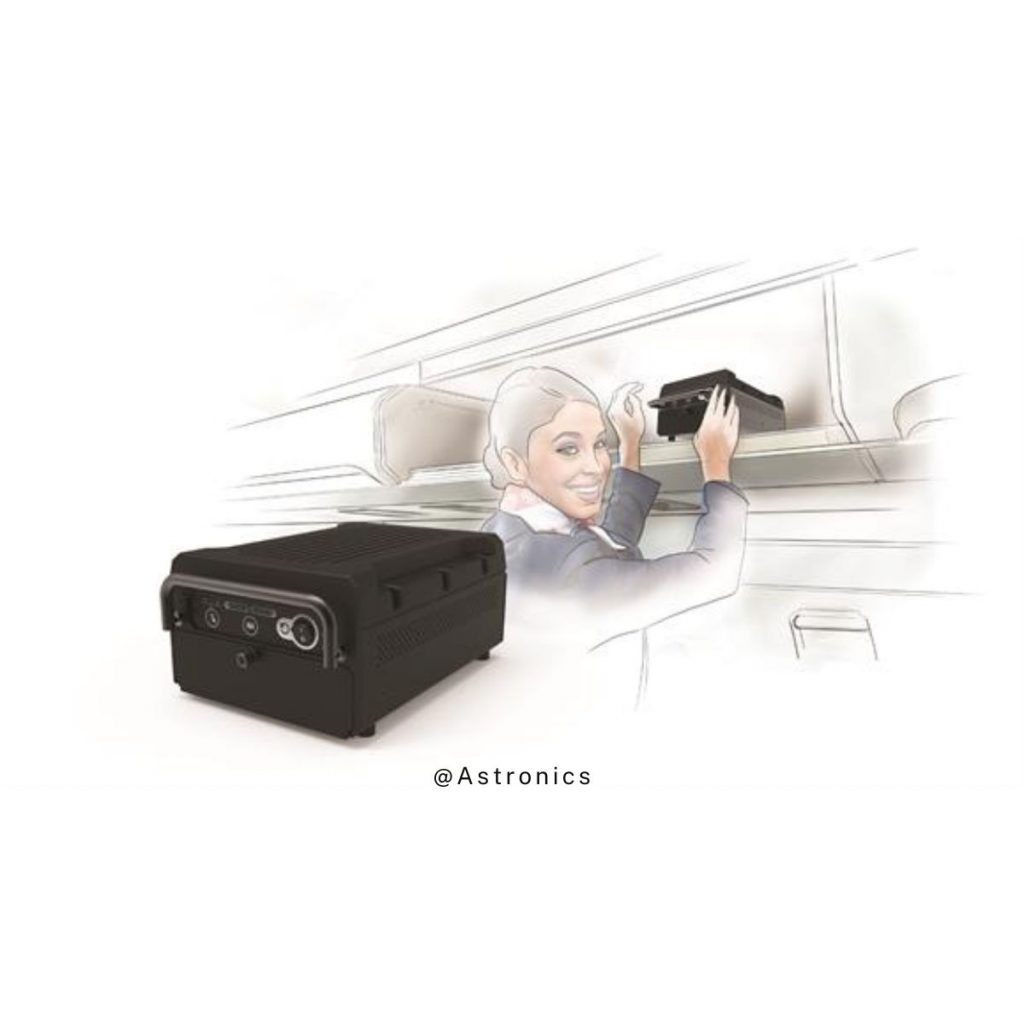
When it comes to selecting the right wifi-IFE architecture for your fleet, you have the choice between two options: installed WiFi-IFE (1) or standalone boxes (2). Let's take a closer look at each solution and its respective advantages and disadvantages.
Advantages:
– No operating cost (no OpEx)
– Brings value to your aircraft
– No Overhead Bin (OHCS – OverHead Stowage Compartment) occupancy
– Low crew involvement level
Drawbacks:
– Higher CAPEX
– Aircraft grounding time for installation
Such an architecture is generally formed of one or several servers, and one or several WAPs (Wireless Access Points). All that equipment is generally installed between the aircraft ceiling and the fuselage, under minor MOD or even STC depending on the hardware provider. You also generally have a connection between the server and the FAP (Front Attendant Panel) to automatically detect carbon announcements and hence “freeze” the streaming, and you also need a control panel with USB and/or RJ45 outlets to update your content and manage some maintenance on the servers.
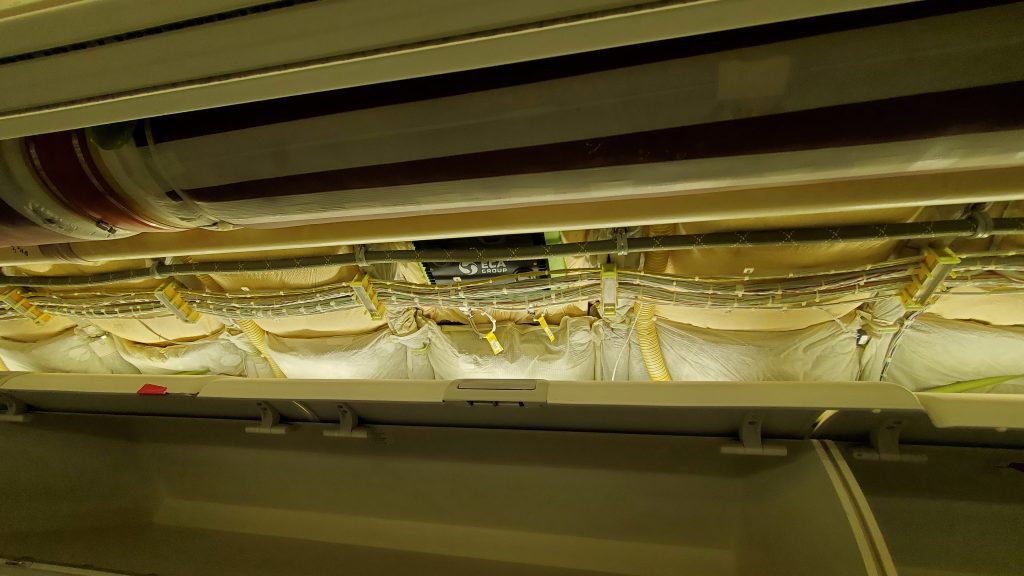
Such a solution has a higher Capex than standalone boxes, but thanks to such architecture, you save space in your overhead bonds (OVHB), and also reduce your crew operations since it runs in full autonomy. Such a solution has also the advantage of a zero Opex. It is generally recommended when you have a large fleet, say at least more than 10/15 aircraft especially if you have a consistent fleet with no numerous configurations.
PXTip: Make sure your solution is connected to Arinc429 to enable moving map experience and also there is a 4G modem and antenna for daily content updates and analytics retrieval.
Advantages:
– Low Capex
– Easy to roll out
– Switch on and Play
Drawbacks:
– Higher Opex
– Higher crew involvement
– Possible OHSC occupancy
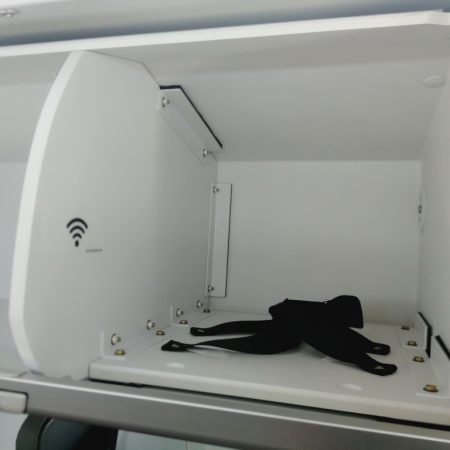
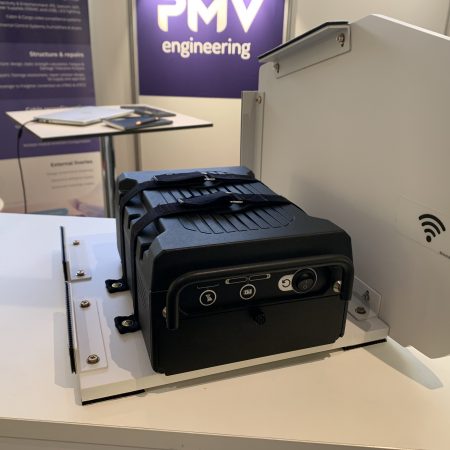
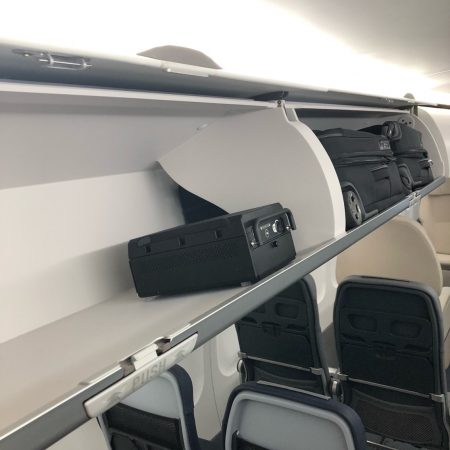
Such a lightweight solution is widely appraised by numerous airlines, as it is an easy and straightforward solution to quickly roll out your inflight digital platform. While one of those small boxes is enough for an ATR or a Dash-8, prefer two of them for your B737/A320 passengers. With a 3kg maximum per box and 12-hour lasting batteries, it is definitely a cost-effective way to upscale your #PaxEx whilst generating ancillary revenue opportunities. We generally recommend such a solution for small fleets, Proof of Concept (PoC), or seasonal usage.
PXTip: As you intend to install such boxes in OHSC where passengers can also store their belongings we strongly recommend isolating your onboard server with a bin divider, and installing it on a dedicated mechanical tray that will restrain the box from any unexpected movement. In bonus, such installation is screwless only based on velcro.
Advantages:
– Intermediate Capex
– Easy to roll out (overnight install)
– Low crew involvement level
– No Opex
Drawbacks:
– Possible OHSC occupancy
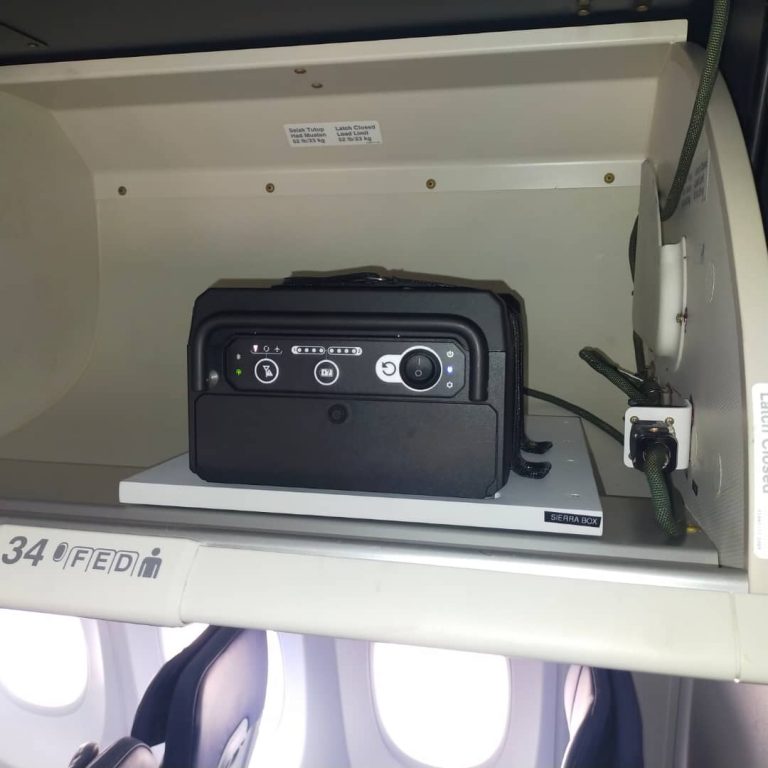
All PXCom-recommended standalone boxes can be connected to the aircraft power. In addition, you save weight and price on the batteries as you don’t need them. Such an installation goes under a minor MOD. By doing so, your flight attendants don’t need to operate the box to launch the Inflight Digital Services, your ground crew doesn’t need to retrieve the boxes or the batteries to get them charged.
In conclusion, for larger fleets, especially if the servers can be located in some galleys or technical OHSC or if you don’t mind reducing slightly the passengers OHSC, this hybrid solution can be the one right made for your airline.
PXTip: Such hybrid architecture is a first perfect fit for a low bandwidth connectivity solution. Stay tuned 🙂
TRAVELER’S MICRO-MOMENTS Home Capturing the Traveler's Micro-Moments 26 April 2022 microMoments, Technology, traveler Time Is No Longer Measured in Days,…
IFE TO THE RESCUE Home WHEN IFE COMES TO THE RESCUE OF FLIGHT ATTENDANTS! 25 June 2022 Digital Services, IFE,…
Digital AD: IVT-FREE Zone Home DIGITAL INFLIGHT ADVERTISING: AN IVT-FREE ZONE 20 May 2022 Advertising, IVTFREE, Technology In late 2015,…